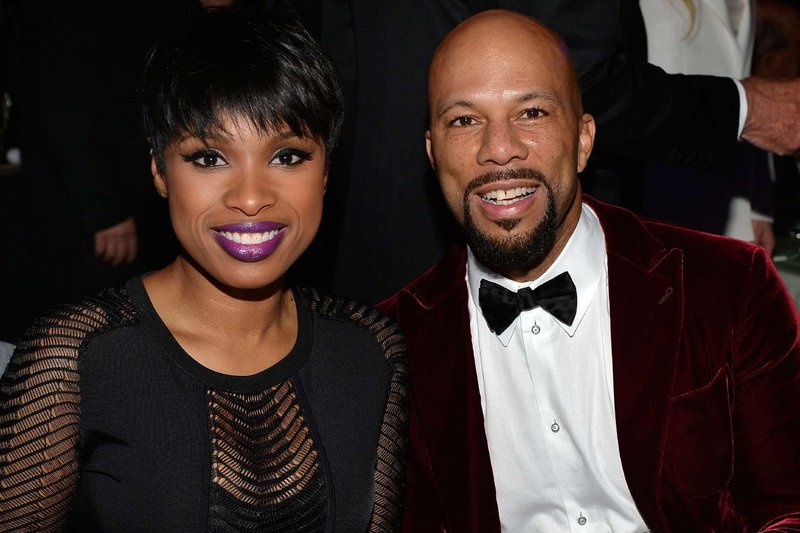
Let’s clear up some of the confusion. The American crocodile, known scientifically as *Crocodylus acutus*, is not just a fearsome predator. They play a vital role in their ecosystems, similar to the way wolves manage populations of deer. Understanding these amazing reptiles is important, especially since they are often misunderstood due to their fearsome appearance. So, grab your coffee, and let’s chat about what’s real and what’s just hype!
Myth 1: American Crocodiles Are Always Dangerous to Humans
You might have heard the saying, “Crocodiles are man-eaters,” right? Here’s the thing: while American crocodiles have powerful jaws and can be dangerous if threatened, they don’t actively seek out humans as prey. In fact, these reptiles tend to avoid people whenever they can.
American crocodiles are more interested in fish and other small animals. In areas where they coexist with humans, they generally prefer to stay out of sight. Most attacks occur when people are either feeding them or unintentionally getting too close to their nests. Always remember to give them space, and you’ll likely never have a problem.
Understanding their behavior helps, too. Crocodiles are ambush predators, meaning they prefer to sit still and wait for their prey to come to them. So, if you’re in their territory, it’s a good idea to not approach them or provoke them in any way.
Myth 2: All Crocodiles Are the Same
Here’s another myth worth busting: Not all crocodiles are created equal! The American crocodile is just one of many species, and they all have different habits and habitats. For instance, the American crocodile is typically found in coastal areas and prefers brackish waters.
In contrast, the Nile crocodile is more widespread in freshwater and has a reputation for being more aggressive. Then there’s the saltwater crocodile, which can be found in a variety of environments, from rivers to the ocean. Each species has its unique traits and behaviors, making them fascinating to study.
Additionally, their habitats influence their diets. While American crocodiles feast mainly on fish, other species might munch on amphibians, birds, or even small mammals. Knowing the differences can help in appreciating each species’ role in their ecosystems.
Myth 3: American Crocodiles Are Always Huge
While it’s true that American crocodiles can grow quite large—sometimes exceeding 15 feet in length—not all of them reach these massive sizes. The average adult is usually around 10 to 13 feet long. Just like people, some are big, and some are, well, not so big.
Juvenile American crocodiles are much smaller and often measure only a few feet when they hatch. These young ones are quite vulnerable and face threats from various predators, including larger fish and birds. As they grow, they develop more protective behaviors to avoid becoming a meal for their bigger counterparts.
So, if you ever encounter one, remember that size can vary. The big ones might look intimidating, but even the smaller crocodiles are impressive in their own right.
Myth 4: American Crocodiles Are Bad for the Environment
You might think that having crocodiles around is a bad idea, but actually, American crocodiles are quite beneficial to their ecosystems. They play a critical role in maintaining the balance of their environments.
By preying on fish and other prey, they help control populations, ensuring that no single species becomes too dominant. This balance is essential for a healthy ecosystem. Crocodiles also create “crocodile holes” in wetlands that provide essential habitats for other animals during dry spells.
In a way, they are like nature’s gardeners, helping to shape their surroundings. It’s vital to appreciate their role rather than viewing them solely as dangerous predators.
Myth 5: American Crocodiles Can’t Live in Cold Weather
Many people believe that crocodiles can’t survive in cooler temperatures, but that’s not entirely true. While they do prefer warmer climates, American crocodiles can tolerate some cold weather. Their range extends into Florida, where winter temperatures can drop, but they have adapted to cope.
During colder months, they enter a sort of hibernation called brumation, where their metabolic rate slows down. They might be less active, but they can survive just fine until the warmth returns.
So, if you’re in an area where American crocodiles live, don’t be too surprised if you see one during a chilly snap. Just remember to admire from a distance!
Myth 6: They Are Dying Out and Will Soon Be Extinct
While it’s true that American crocodiles were once on the endangered species list due to habitat loss and hunting, conservation efforts have helped their numbers recover in recent years. They are now classified as “vulnerable,” which means they are still at risk but not facing immediate extinction.
Protected areas in Florida and active conservation projects have made a difference. Educating people about the importance of these creatures also plays a key role in their preservation. The more people understand them, the more likely they are to support their protection.
So next time you hear claims about their impending extinction, know that there’s hope! Conservation efforts are making progress, and it’s a reminder that humans can positively impact the environment.
American crocodiles are often misunderstood, but diving into the facts helps us appreciate their role in nature. By shedding light on these myths, we foster a better understanding and hopefully a greater respect for these incredible reptiles. Remember, they’re not just fearsome predators; they’re also vital for the health of their ecosystems.
Next time you come across a crocodile, think about all that’s been said today. You’ll see them in a whole new light, and who knows—you might even find yourself fascinated by these magnificent creatures. Let’s continue to learn and spread awareness so we can coexist with them peacefully!

